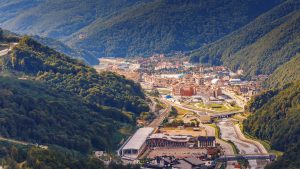
size: 1193147 sha1: 1991b6b2812902da5a78e6709b15dd52ae8455ef sha256: e687556bc027b365959706e054706efc22cf879ef86fc33530c5a6d5ec242c38 sha256 base64: 5odVa8Ans2WVlwbgVHBu/CLPh574b8M1MMWm1ewkLDg=

size: 1133209 sha1: c480f3108dac36ddae50d75dbdb12ce02dc33071 sha256: 4d35e8808d06ca4349c22e4ae587bf58c4e49e15f20437b56945e0443234587f sha256 base64: TTXogI0GykNJwi5K5Ye/WMTknhXyBDe1aUXgRDI0WH8=



The ‘labyrinth’ demonstrated is an ancient symbol of fertility and is an artistic representation of the female reproductive organ. A similar, bur much smaller one, but of much older origin, sits in the Parish of Danby on the hill above the Vale of York (England) and is named ‘The City of Troy’. Children love to run around it. These mazes appear in the words of Shakespeare’s ‘A Midsummer Night’s Dream’: “And the quaint mazes in the wanton green. For lack of tread are undistinguishable:” to indicate a period of disarray on earth.
Wow.